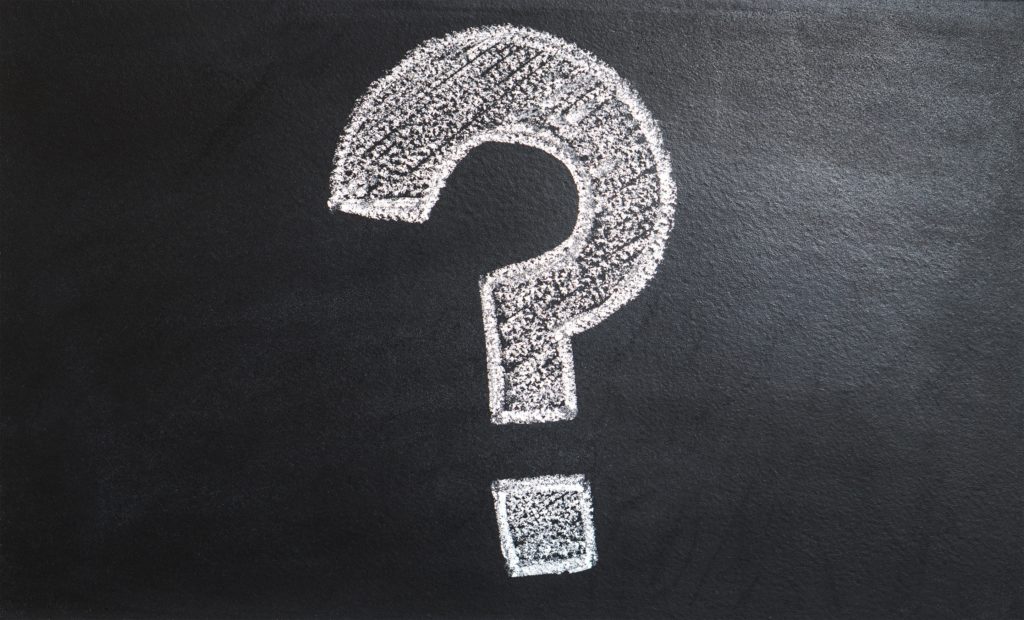Mastocytosis and Mast Cell Activation Syndrome often require a low-histamine diet to reduce symptoms. Improving nutrition can help.

Things have been rough for the whole world these past few months. Many of us are quarantined, our brains filled with what-ifs. Some of us have lost loved ones to this dreaded virus, COVID-19.
For those with mast cell disease, times of stress can really wreak havoc on the system. Brain fog can make it difficult to make decisions, including what to eat. Healthy meals that keep mast cell mediators from running amok are super important right now. Avoiding the ER is at the top of everyone’s list.
To help you through this difficult time, I have created a 7 day Low Histamine Meal Plan complete with a food shopping list, easy to follow recipes, and a handy daily guide. You can download both the guide and the meal plan by clicking below.
As with any general plan, this does not address individual intolerances, or allergies. If you cannot tolerate a food item listed, find a suitable substitute. If you need more of an individualized plan, feel free to contact me HERE



